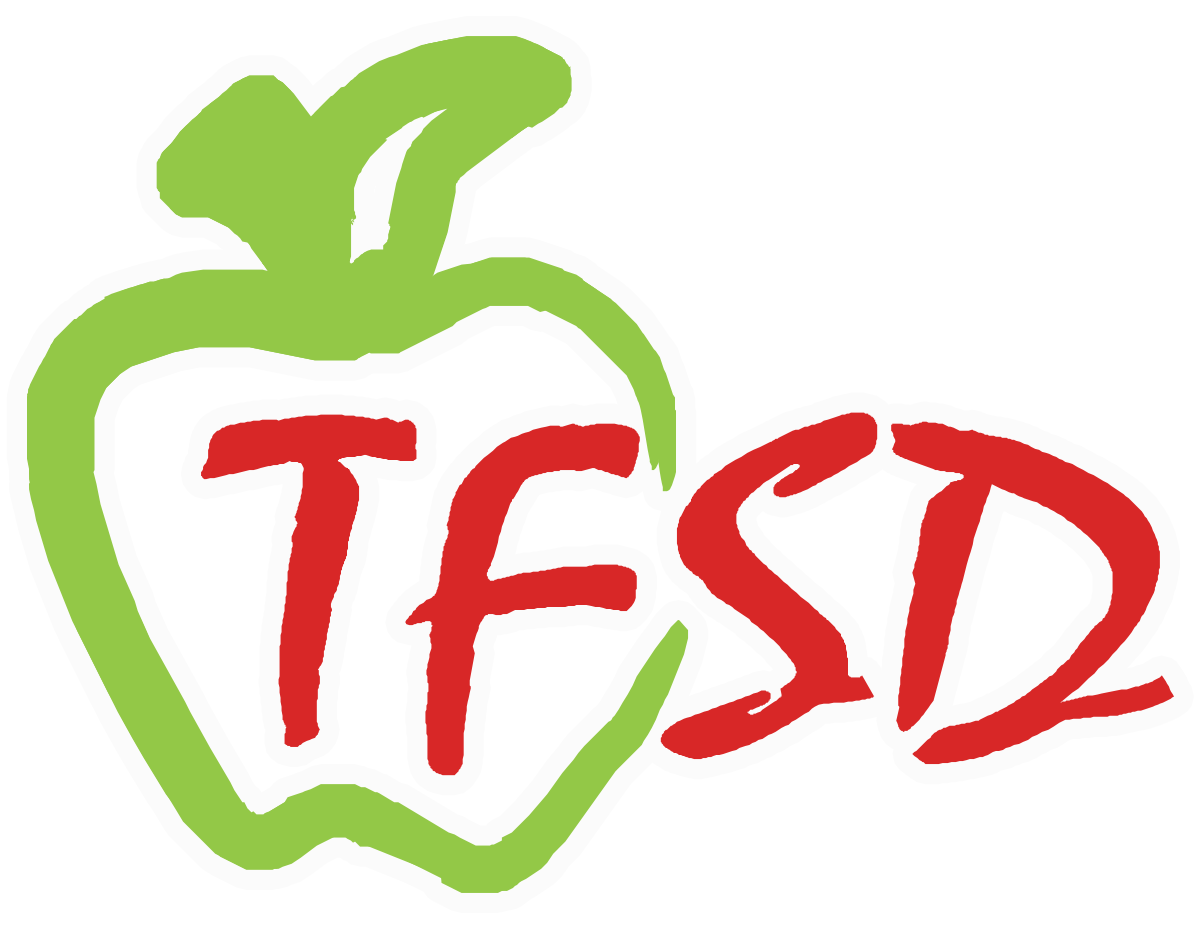Children learn at different rates and some may need additional support. If you are concerned your child is not demonstrating these skills, please reach out to your local school district and/or health care provider for screening referral and support. Non-native English speakers should develop skills in their native language first.
Additional Resources for Parents and Caregivers
Symbol Key
🔺Physical Development & Safety
🩵Social & Emotional Development
☀️ Language, Communication & Literacy
🟪Mathematical Thinking
🟢Scientific Thinking
Idaho School Readiness Guide
Ready For School
You'll know your child is ready for kindergarten when (s)he......
Physical Development and Safety | Social and Emotional Development | Language and Communication Skills |
🔺Names his/her body parts. | 🩵Tries new things, shares, and takes turns. | ☀️Engages in conversations with adults and children. |
Early Literacy | Mathematical Thinking | Scientific Thinking |
☀️Recognizes their written name. | 🟪Uses comparative words (more/less, bigger/smaller, etc.) 🟪Counts objectives by touching one object at a time, and understands the last number stated is the total count. 🟪Recognizes and creates groups of 2, 3, 4, or 5 objects. | 🟢Makes observations and asks questions about the world and how it works. |
Using play, reading, and everyday conversation, you and your child can do these activities together. To prepare for school:
|
|
